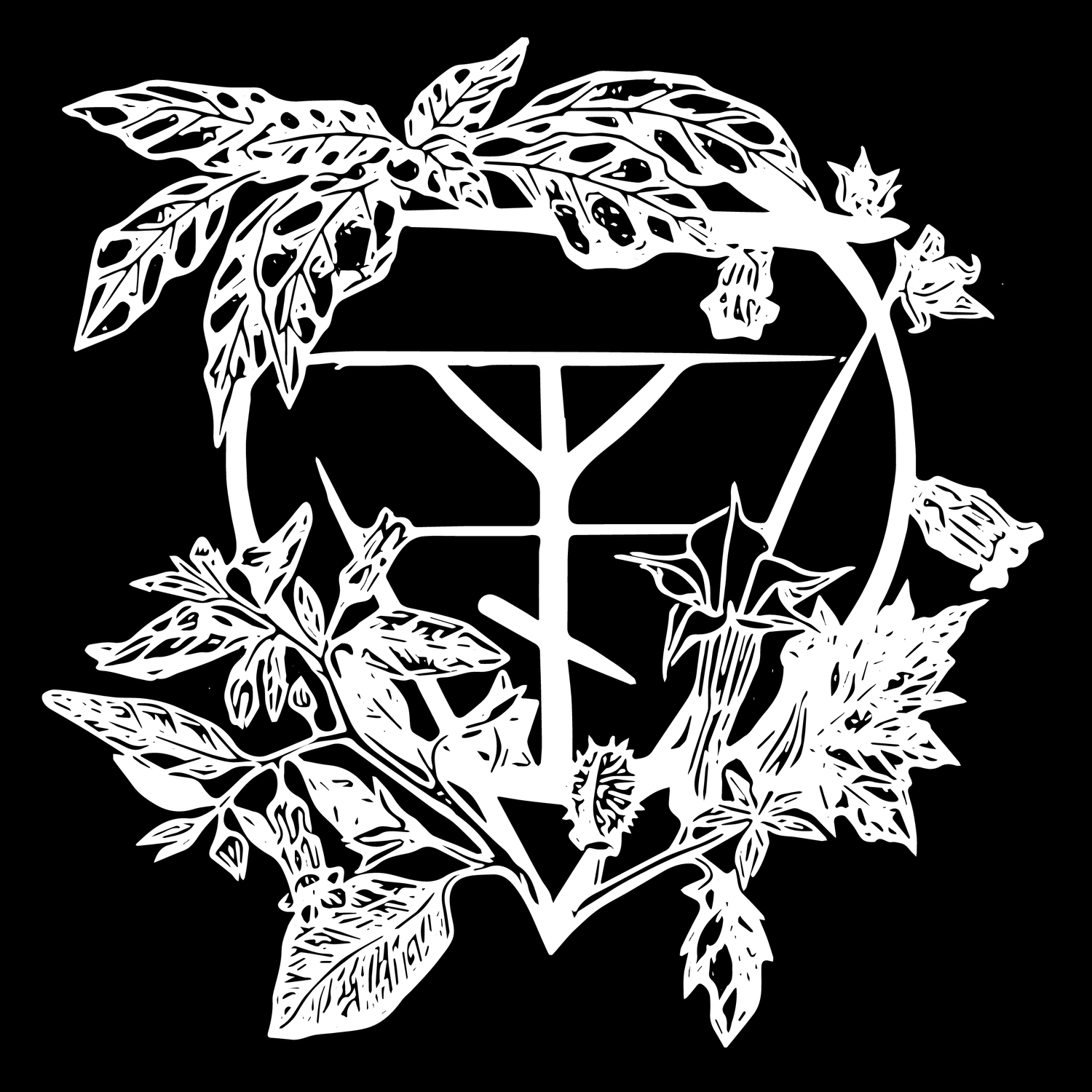Remembering the Spiritual Properties of Entheogenic Herbs & Fungi
LAST UPDATED ON: APRIL 10, 2019
By Coby Michael
Entheogenic Herbs
Traditional ritual entheogens as the name implies, help us to connect with the spiritual forces in Nature. They help us to bring the essence of the divine into ourselves and also access our own divine connection to the rest of the Universe. They do this through the facilitation of initiatory experiences, by giving us a new perspective and expanding consciousness; while not always a pleasant process, they nonetheless leave an impression. Entheogens have been used by many cultures around the world, and have an extensive history in religious ritual and magic. Many modern practitioners of different forms of witchcraft and neo-shamanism have a desire to work with these traditional plants. In the realm of traditional witchcraft, these plants are known as the witching herbs. They are the quintessential and stereotypical plants historically associated with magic and the spirit world.
The plants themselves have been elevated to a divine-like status because of the numerous references to them in history and myth. Ancient cultures recognized their usefulness as medicinal herbs, but they did not neglect the powerful spiritual properties of these plants. Oftentimes entheogenic plants and fungi were thought to be gifts from the gods, that were treated as holy sacraments. In animistic societies, these plants were viewed as independent entities with a unique spirit. In this case, one is not just utilizing the plant for its properties, whether magical or medicinal. They are calling upon the spirit of the plant to serve a specific purpose. The Mandrake is the most famous example of this, where the anthropomorphic root resembling the human body was thought to contain a spirit, that when cared for in the proper manner it would work in favor of the person keeping it. These plant fetishes, called manakin, homunculi or alraune were often passed on within families from one generation to another. These powerful roots were so coveted that charlatans would often substitute the more common White Bryony root in Northern Europe, passing it off for genuine Mandrake.
Another example would be the keeping and feeding of roots such as Angelica, Master Root, and High John root. While they do not resemble a human form, they are often treated in the same way. Life is breathed into the root and its spirit is awoken through cleansing and anointing, reminiscent of a kind of baptism. The root is then regularly empowered and fed with various oils, powders and spoken words to strengthen the keepers intentions. The root itself stood as a proxy for the powerful spirit that it contained. Plant spirits are often just as, if not, more willing to partner with humans in the pursuit of spiritual and occult knowledge. Many practitioners have specific plants for which they have developed a familiar relationship, and through this bond their Work is enhanced.
Today, modern medicine and biochemistry has brought us a deeper understanding of the natural world. We now know that certain plants contain powerful components that can be extracted and turned into medicines. Entheogenic herbs in particular have yielded some of our most important and powerful medicines, and taught us about the chemistry of our own brains. Alkaloids are the active components in entheogenic herbs. Different alkaloids have different effects on human physiology. When it comes to the plants traditionally associated with witchcraft in the European traditions there is one group in particular known as the Solanaceae or Nightshade family. Their particular alkaloids are pain relieving, sedative, anti-spasmodic and in higher concentrations deliriants, which produce hallucinations. These plants have been used since pre-Christian times throughout Europe and the Middle East for their entheogenic properties as well as precious medicines in a time before modern anesthetics and analgesics.
While this modern understanding has given us much beneficial knowledge, and taken us to where we, as practitioners can blend science with magic. It is important that we do not forget the spiritual powers that we are working with, which is what brought us to these plants to begin with. The sacred plants, from a magical perspective cannot simply be reduced to something profane and utilitarian. These are not just drugs, or short cuts to occult knowledge. They are a path, in and of themselves. A path that must be tread by each individual. Many people are so concerned with dosages and preparations, knowing that these plants are poisonous, but hearing of their use in spirit work and witch’s flight. They view these plants as magical potions, nothing more than a pill that can be taken to gain its prescribed effect. These plants do not so easily give up their mysteries.
They are not a shortcut to spiritual knowledge or magical power, just as they are not pleasant highs to be chased by the recreational drug user. I think that it is a good thing that there are no prescribed dosages, and no one can say for certain what one plant will do for another person. The prospect of potential poisoning and unpleasant side effects keeps the dabblers at bay. Ritual and relationship are the keys to working with these plants and unlocking their mysteries. The ritual process is just as vital a part of this practice as the active components of the plants themselves. Just like we use other plants for their spiritual properties, we do not do so without mindful intention and understanding. Sprinkling or burning some herb without any understanding of its effects and without exerting any will on the outcome is not going to magically produce the effect. This would be taking the practitioner and the work out of the equation.

